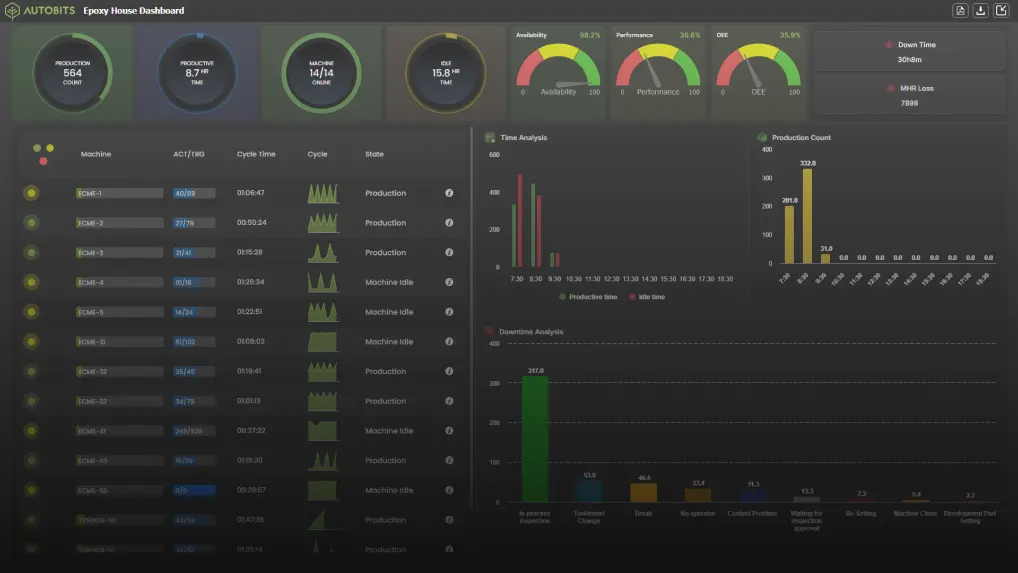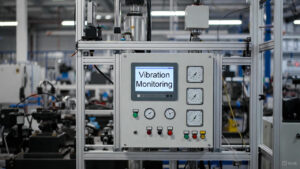Performing manual OEE calculations can surely give a kick-start since only five details are required ( Planned Production Time, ideal cycle time, Stop Time, Total Count and Good count). Manually calculating OEE deepens the knowledge and understanding of OEE. Despite this, there are some really strong benefits of inclining towards the automated OEE data calculation.
Some noteworthy benefits are listed below:
Real-time Results: Automated data collection enables real-time results, which can have an impact on techniques like Short Interval Control (SIV)
Stoppage Time: With automatic detection methods, the accuracy of tracing unplanned stop time can be 100%, while it is typically between 60% to 80% for manual calculation
Short Stops and Slow Cycles: Practically, it is impossible to manually track short stops and slow cycles for most of the equipment. Due to this enormous amount of useful information, events and time-based loss patterns can never be figured.
Operator Focus: Automated data collection helps operators spend quality time, focusing directly on the machine rather than wasting time on paperwork and calculations.
How to create a perfect OEE Goal?
One of the important questions that strikes in everyone’s mind is how to set a 100% effective, perfect goal for OEE. There is this great way, a technique for doing the Best of the Best. Below are the details of its working:
Track OEE components like Availability, Performance, and Quality of the targeted equipment for at least one month. Don’t forget to compile the data by shifts.
Keep track of the best (highest) individual results of Availability Performance and Quality by evaluating resultant data of each shift.
Multiply this best individual scores together and calculate Best of Best OEE score





